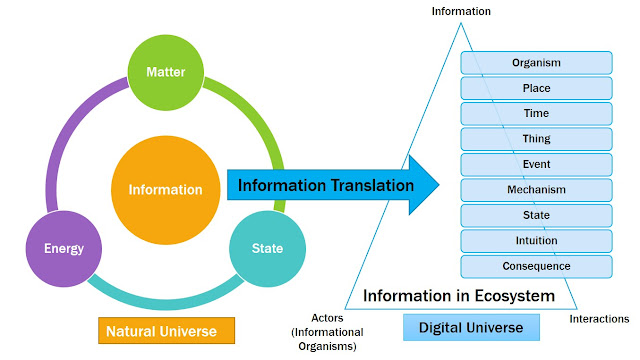Defining a Social Architecture
Social architecture is a part of The Gill Framework for Enterprise Service System Adaptation. This blog post defines the concept of social architecture to support the other domain architectures specified in the TOGAF 9.1.
"Drawing on the ISO/IEC 42010 architecture definition, a social architecture can be defined as the fundamental concepts or properties of a social system in its environment embodied in its elements, relationships, and in the principles of its design and evolution. Social architecture refers to social structure, behavior, culture, knowledge and opinions of communities of people (e.g. communities of practice beyond the boundary of a single enterprise) that influence the desired behaviors within/outside the operating environment of an enterprise. Social architecture is all about “social communities”, which plays an important role in the ongoing smooth operations, improvement, growth and transformation of an enterprise. The failure or success of a change initiative (e.g. introduction and adoption of new business or technology service) is highly dependent on the supportive and aligned social architecture with other domain architectures. Any change in the enterprise while ignoring the social architecture is an ultimate recipe for a failure. Social architecture can be defined from the seven key views: social strategy view, social principles view, social organisation, social value co-creation stream view, social capability view, social supply chain view, and social event view. Additional views can be added if required". (Dr. Asif Q. Gill)



Comments
Post a Comment